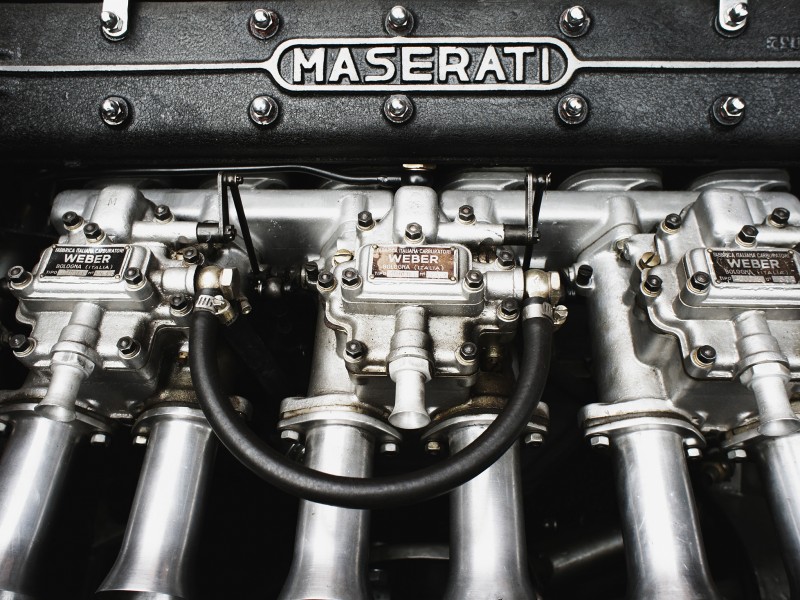Some people house their collections in wunderkammers—cabinets of curiosities. John Wardle has sheds full of curiosities.
On Tasmania’s Bruny Island, where the architect built his award-winning house known as the Shearers Quarters (it really is a shearers quarters!), Wardle has a 1940s apple shed filled with objects of his affection: chairs, antique agricultural machinery, old apple packaging technology. Nearby, a more contemporary steel shed accommodates further acquisitions.
Back in Melbourne, his office and home are scattered with such disparate objects as Minox spy cameras, printing ephemera and terracotta samples. Contemporary artworks line his house, while neon—commissioned as artwork, and found signage—surround his office.
For anyone familiar with Wardle’s exquisitely detailed buildings with their controlled views, such an indiscriminate bower-bird approach seems incongruous. “It’s a random, undisciplined collection,” he admits. “Very much the product of a distracted mind. It’s a counterpoint to doing something singular and refined.”
Yet the collection at times contributes as source material for the practice, he adds. “Either to initiate ideas or demonstrate parallel strands of creative endeavour.” Not that he claims to do all his buildings alone. While John eagerly enthuses about the social history and arcana of the objects he collects, he is just as quick to declare the lineage within his own work as part of a team effort; both with those within his firm and externally relying on the skills of artisans and experts.
The result of this combined creativity is not just an impressive body of architecture. To his wide-ranging collection Wardle’s firm has also added numerous prestigious Australian architecture awards, including most of the major Australian awards for residential and public buildings. The Shearers Quarters, which won Australia’s highest award for residential architecture, the Robin Boyd Award, (the first of two successive wins) rose from the ashes of a former shearing shed.
“The previous owners took all the history out of it,” he says of the former apple and sheep farm. “They burnt down the old shearing shed, had sold or gave away all the old equipment. It was an amazing property, but had lost all evidence of its own social history.”
Traditionally many Tasmanian farmers planted pinus macrocarpa as a windbreak, he says. “These trees last more or less 100 years before falling over. Farmers get the local miller to mill it and then stick it in the back shed wondering what they’re going to do with it.” Wardle bought up supplies from many sources and transformed the external buffer into an internal shelter. The milled macrocarpa became the interior lining. For the bedrooms he recycled unused apple crate timber sections that had been sitting in local sheds since the 1960s after the demise of the apple industry.
A tribute to context and a sense of place the Shearers Quarters also highlights how the spirit of collecting, natural curiosity and respect for social histories inform the architect’s work. “One of the things many architects do well is use curiosity as the initial generative process,” he says. “Broadening our bank of knowledge and drawing it into the very immediate research for a specific project.”
At other times the architect will patiently hold onto the inspiration and use it later. Wardle’s obsession with Zagato’s curvaceous and pleated forms on the bodywork of his Lancia Fulvia is referred to on the roof form of the Kyneton House years afterward. Currently Wardle’s obsession with ceramics has led to an immersion into terracotta systems.
Some of his collecting is serendipitous, at other times obsessively staged. “Every time I travel I keep Sundays free for visiting junk markets,” he says. “Berlin and Tokyo have wonderful markets, but Ljubljana in Slovenia has the best.” An anecdote can also stimulate a brief felicitation. Upon hearing that Stanley Kubrick filmed an escape scene in A Clockwork Orange by throwing a Bolex camera out a window nine times before it finally broke, Wardle began collecting the hardy camera. “I collected about six,” he says. “They exhibit an incredible manufacturing process. They were made in Switzerland from beautiful cast aluminium and leather.” That came out of reading just this one little grain of history.
“I’m frequently interested in things that are actually produced in the place where they were conceived. There is an “authenticity” about them, he says. “With the agricultural machinery I collect I love the thought that something that was made in the middle of New York or Manchester in the 1850s reflects such significant change in the structure of those cities.”
Despite the brief flirtations there remain several constants in his collecting habits. Art and earthenware are ever present. Indeed of all his collectibles it’s the first object he bought as an architecture student that holds special value. “It’s this amazing tea pot,” he says. The unusual biscuit and black Danish teapot has two spouts. “You spin it, so it expresses a social aspect of people taking tea together,” he explains. “It’s a remarkable piece of design and I became obsessed by it. It would probably be my single favourite object; the thing you’d rush into a burning house to get.”
WORSHIPPING AT THE ALTAR OF CRAFT
If the Shearers Quarters interior is like a beautifully crafted wunderkammer, Wardle has designed similarly inventive joinery—albeit at differing scales—to contain many of the most precious objects in his collection. For the ritual, anniversary purchases of jewellery that he commissions for his wife, Wardle designed a jewellery box on slender, precisely turned foldable legs. As a tribute to the more esoteric craft objects he collects, he made an ‘altar’ piece with custom shaped slots for the objects to lay open in.
Related Features
-
43
-
-
-

